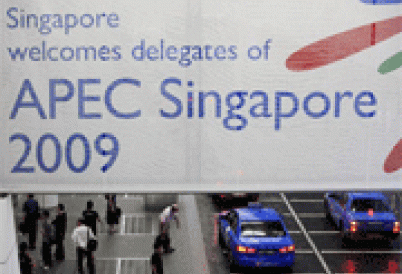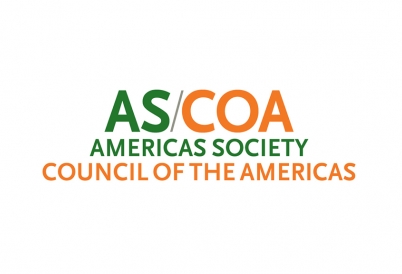After a trip to Singapore, COA’s Eric Farnsworth talks with AS/COA Online about the APEC summit, progress in charting a trans-Pacific trade agenda, and China's economic role in Latin America. "I see China as being a real engine of South American economic restoration," says Farnsworth.
APEC celebrates 20 years as members convene in Singapore. On the sidelines, Peru, Chile, Mexico, and Canada, as well as APEC observer countries Colombia, Costa Rica, and Panama are pursuing economic agreements with Asian countries.
"Countries where democracy is weak...have proven, time and time again, to be the most likely portals through which unhelpful influences such as Iran are introduced into the region," explained COA's Vice President Eric Farnsorth in testimony to U.S. Congress.
In an article for Poder, COA Vice President Eric Farnsworth explores prospects for economic growth in Latin America. He writes that recovery will most likely come from Asia. "At the same time, Latin America’s ability to take full advantage of Asia’s recovery will hinge largely on attending to its own competitiveness," writes Farnsworth.
Latin American countries that have relationships with Iran should think twice before any continued engagement.
A Brazilian delegation headed to Beijing this week to sign over a dozen deals, including a $10 billion energy pact. In recent weeks, new trade figures show China surpassed the United States as Brazil's main trading partner. The two countries also began investigating whether to drop the dollar as their bilateral trading currency.
"Generally unpopular in Washington, trade is now an orphan," write COA’s Eric Farnsworth and Michelle Morton for Poder magazine. “Pending trade agreements manifestly in the U.S. interest are languishing.” Solutions to jump-start the ailing hemispheric economy include conclusion of a trans-Pacific trade agreement.










